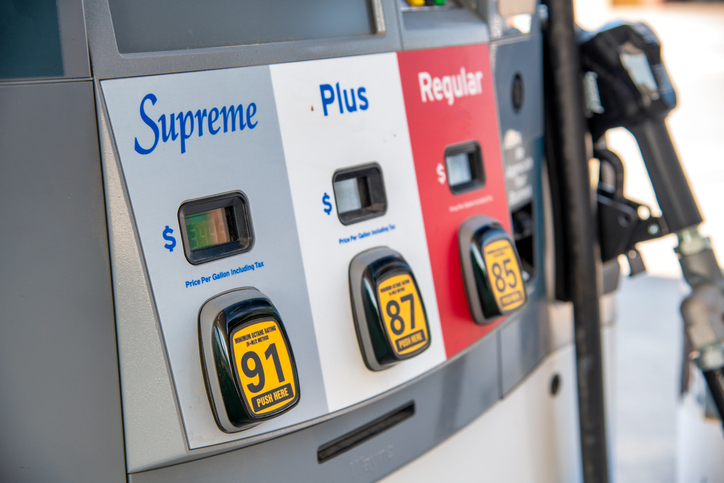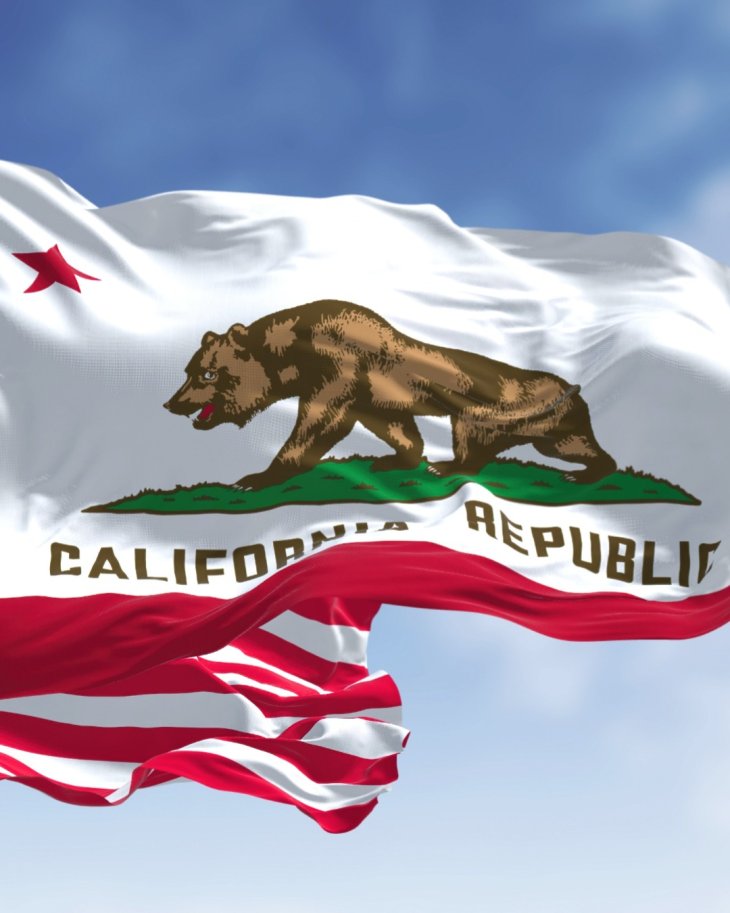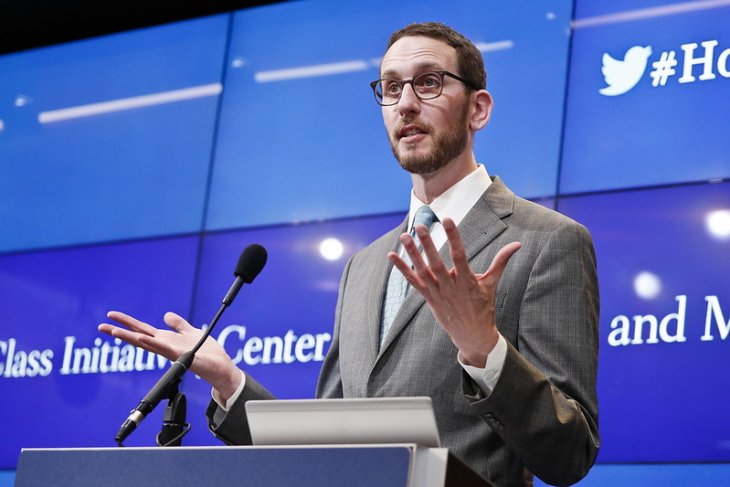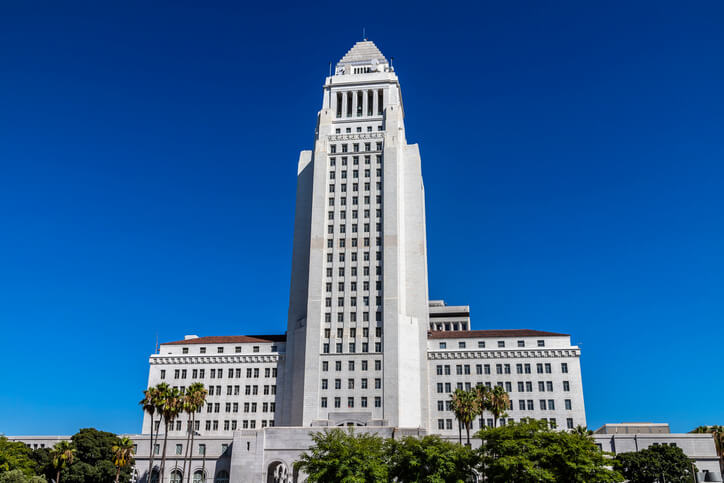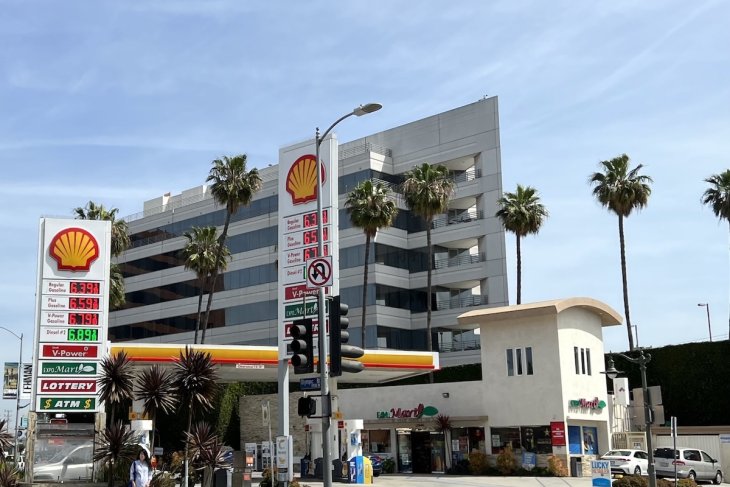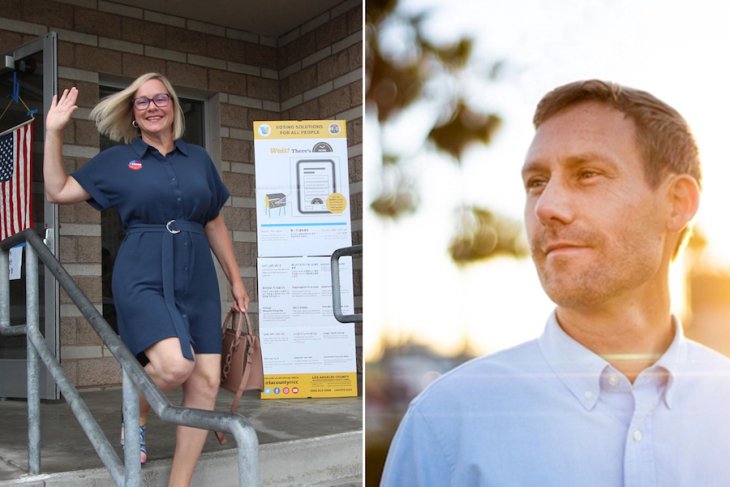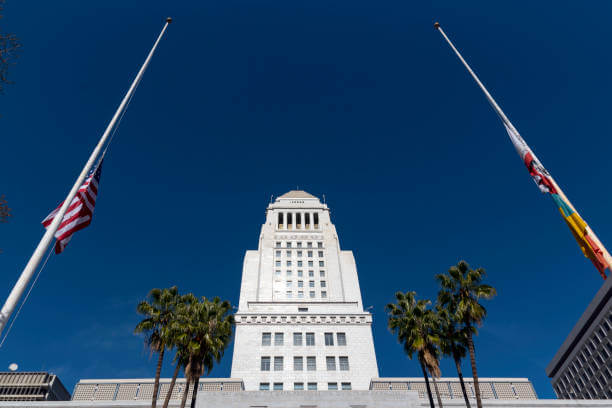By Tom Elias, Columnist
There was some room for doubt back in February, when gasoline prices rose precipitously: Until the oil companies who refine most California gas unveiled their first-quarter profits, it would be impossible to be sure the spike stemmed from price gouging.
That was because the pump price increase from about $4.30 per gallon to nearly $6 (and more in some places) came just as the United States announced a boycott on Russian oil as a punishment for the invasion of Ukraine.
Price gouging seemed the logical explanation for the hike. Russian oil amounted to less than 3 percent of California’s supply; why should its sudden disappearance cause a price hike of 12 times that much?
Doubt about this should now disappear from the minds of consumers. They were taken advantage of by oil companies in a systematic, cartel-like manner as every gasoline refiner raised prices at the same moment.
That is now clear from the very eagerly-awaited quarterly financial reports. They show profits of the five major firms making 96 percent of this state’s gasoline all rose dramatically in the first quarter. Because the price gouging did not begin until mid-February, it had no effect for fully half the first-quarter time period.
The five companies include Chevron, Marathon, Valero, PBF Energy and Phillips 66. Their results, says Jamie Court, head of the Consumer Watchdog advocacy group, “show that the Golden State Gouge is real. Oil refiners exploited the crisis in Ukraine to make a mint from California drivers.” Yes, they also profiteered in the rest of America, but not like they did here.
One difficulty in measuring this stems from the fact that most big California refiners do not break out their California profits from what they make worldwide.
An exception is PBF Energy, owner of refineries in New Jersey, Delaware, Louisiana, plus those in Martinez and Torrance that formerly belonged to Shell and Exxon Mobil. PBF’s profits from its Torrance facility grew from $15.75 per barrel in 2021 to $32.84 this year, returning more than twice the previous take. That meant PBF, which markets to name brands, smaller chains and unbranded gas stations, made about 78 cents per gallon in profit this year compared with 42 cents last year.
While other refiners here don’t break things down by state or individual refinery, Chevron made a $480 million profit in the U.S. in this year’s first three months, compared with a loss of $130 million last year.
The other big refiners reported similar huge increases in profitability, the obvious result of their price gouging. When he announced the ban on Russian oil, President Biden warned them not to gouge, but they did it anyway, with no penalty.
Partly, that’s because most refiners effectively hide their per-gallon profit margin. This could end in California if the Legislature this summer passes a bill known as SB 1322, sponsored by Democratic state Sen. Ben Allen of Santa Monica. Allen’s measure would force the Big Five refiners in this state to report how much gas they make and sell here and the margins they net from each gallon sold to drivers.
Many Californians habitually blame the fact that pump prices here are nearly the highest in the nation on California’s higher-than-usual fuel taxes. But those levies only account for about 60 cents per gallon, and the difference between the average price in California and elsewhere is about $1.30. For sure, drivers here deserve to know why they pay an unexplained 70 cents more per gallon than folks just across state lines.
Says Court, “California has been an ATM for oil refiners for too long.” He suggests that if oil companies had to report their per-gallon profits on a regular basis, they would feel some pressure to hold the line on prices better than they have.
So a lot of money hangs on the fate of Allen’s bill, which passed its first Senate committee test unanimously. That’s money which could help a lot of families now forced to choose between buying gas or food or shoes.
Email Thomas Elias at tdelias@aol.com. His book, “The Burzynski Breakthrough: The Most Promising Cancer Treatment and the Government’s Campaign to Squelch It,” is now available in a soft cover fourth edition. For more Elias columns, visit www.californiafocus.net

